Did you know you can see puffins right here in Aberdeenshire?
You’d be forgiven for thinking you can only really spot them around the northern Highlands, Orkney and Shetland, but there’s actually plenty of places to peep a puffin perching in the north-east.
The charismatic seabirds have recently enjoyed the spotlight in the BBC’s Wild Isles natural history series, but if you’ve only ever seen them on telly, why not make this the year you finally see one in real life?
Although the red-listed species is sadly very rare in Aberdeenshire, there are still a good number of puffin hotspots where, with the right know-how, you can watch them with relative ease.
Read on, and join Aberdeenshire-based birdwatching tour guide and local RSPB group chairman David Leslie to find out:
- The four best places to see a puffin in Aberdeenshire
- When the best time of day and year is to see them
- And how to pick them out among thousands of other seabirds
Click our map to see the four top Aberdeenshire locations for puffin watching
David, who has run his birdwatching tour business since 2016, says there are four key locations around Aberdeenshire for puffin-watching, but the species can really be found anywhere there are steep cliffs, and somewhere to burrow for their nests.
According to David, the four best places in Aberdeenshire for seeing puffins are:
- Fowlsheugh Nature Reserve, south of Stonehaven
- Bullers of Buchan, just north of Cruden Bay
- Troup Head Nature Reserve, west of Pennan
- The sea just north of Collieston
David said: “Bullers of Buchan and Fowlsheugh are the two easiest places to get to, both in terms of parking and how far you’ll need to walk to see the puffins.”
Here’s David’s top tips for each location (Note: Please be extremely careful around cliff edges)
1. Fowlsheugh
“If people are going to Fowlsheugh, the best place for them is right at the end of the reserve, near a hide built out of stones.
“There’s a large hole in the cliff opposite that hide that almost looks like a cave.
“The puffins are often around the mouth of it.”
2. Bullers of Buchan
“At Bullers, you’re going to want to look around the top of the cliffs mainly.
“That’s where they nest, and you’ll often see them standing around outside their burrows.”
3. Troup Head
“For Troup Head, there’s a well-serviced path that has been built all the way around there, it’s got great access and steps up and down.
“Troup Head is completely taken over by gannets, but there’s still a few puffins to be seen.
“Look for an area that’s quite shallowly-sloped, and covered in soil, it’s near the top of the cliffs but not near the very, very top.”
4. Collieston
“And at Collieston, park at the car park north of the harbour.
“Go north from that car park, it’s very steep at the start but there’s a very obvious path going north.
“You can see puffins here bobbing around in the water mainly.”
When’s the best time of day and year to see Aberdeenshire puffins?
“Generally, evenings are better,” said David.
“The vast majority of the year, puffins are actually out in the North Sea bobbing about, so they’re only really close to land towards the end of March, into the start of April, and they’re on land until their chicks fledge in mid-July.
“May and June, I would say, are the peak times really.
“They nest in burrows in the cliffs, and they have a single egg.
“One adult will stay with an egg, and the other will fly out to sea during the day and feed.
“Generally they’ll come back to shore in the evenings, and then go back into the burrow itself, where they’ll either be swapping over for the egg, or feeding the chick if it’s hatched.
“So although it’s never a guarantee, late afternoon into early evening really is the best time to see them.
“And around this time of year, evening is probably the best idea.”
How do you see puffins among the thousands of other seabirds on the cliffs?
Even if you visit one of David’s top puffin places in Aberdeenshire, and go there at the right time of day and year, you’ll then have to deal with the challenge of p-p-p-picking out a puffin from the countless screaming seabirds.
Although you might think they’d stand out like a sore thumb with their colourful features, you’d be surprised to find out how hard it is to see one amongst thousands of other black and white birds.
The few puffins in Aberdeenshire are vastly outnumbered by other seabirds, so you’ll most likely need a keen eye and a lot of patience.
David said: “You’ll see plenty of seabirds like guillemots and razorbills, which can cause confusion because they’re also members of the auk family, and are black and white too.
“They nest on and take up all the very narrow cliff ledges out in the open.
“But puffins need to be able to burrow into the ground to nest, or use rabbit burrows.
“So look for areas of softer ground, because actual cliffs are no use to them.
“Occasionally though, you’ll see puffins perching on the rocky bits of the cliffs to have a rest and get away from predators.”
David said when puffins are flying, they’ll appear “a little bit smaller than the guillemots and razorbills”.
He said to keep an eye out for their orange feet and beaks when they’re in flight.
“If the water is calm, you can sometimes see large rafts of them sitting together on the water, just resting,” he added.
Do I need to invest in fancy camera lenses or binoculars to see a puffin in Aberdeenshire?
David said that although he always has binoculars with him as a seasoned birdwatcher, depending on where you go in Aberdeenshire you don’t necessarily need fancy equipment to spy a puffin.
He said: “I’ve gone to Fowlsheugh before and effectively walked up to the top of the cliff, and taken photos of puffins standing right in front of me, just using my iPhone.
“Because they have the ability to escape any predators that are on land, they can actually be quite accommodating.
“As you’ll know from the Wild Isles series there are some places you can almost walk amongst the puffins, because there’s thousands of pairs.
“We don’t have anything like that in Aberdeenshire, but you can actually get quite close to them, particularly at Fowlsheugh and Bullers, they can be perched not that far away from where you can walk to and see them.”
But if puffin-watching really tickles your fancy, you can invest in a pair of good binoculars from the RSPB — and support the bird charity at the same time.
In fact, the RSPB sells entry-level “puffin binoculars” for £70, which David says will “do you great” for amateur bird-watching of all kinds.
You can find out more about David’s birdwatching tours here.
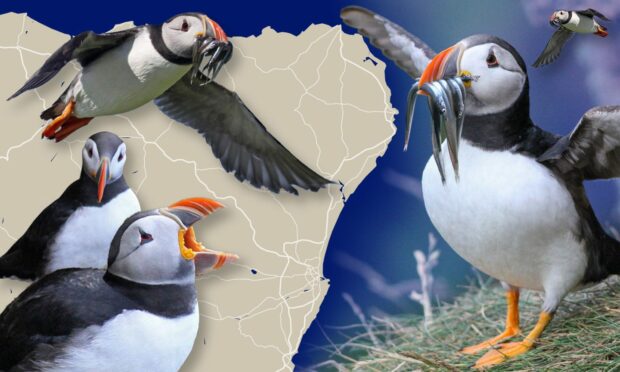
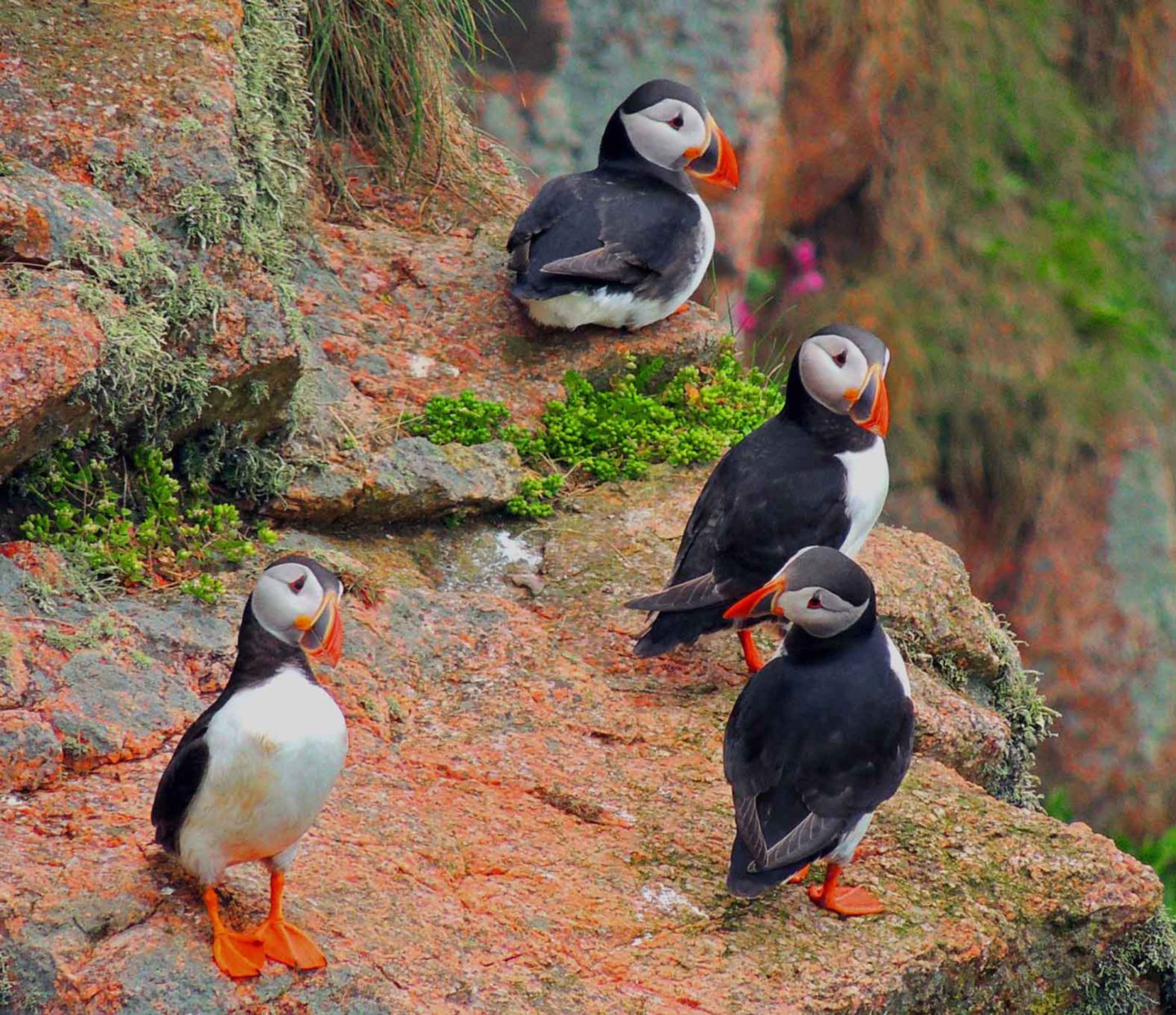

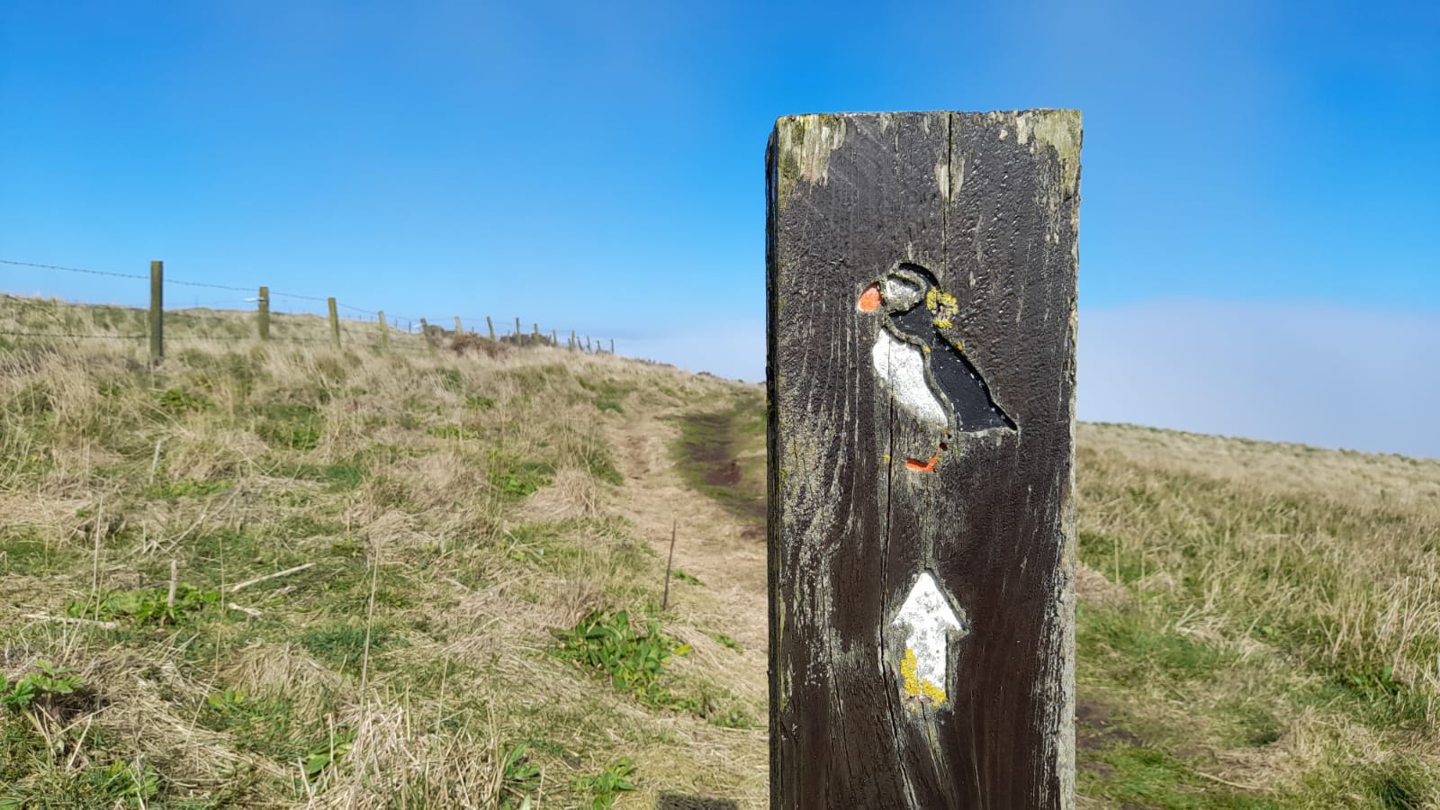
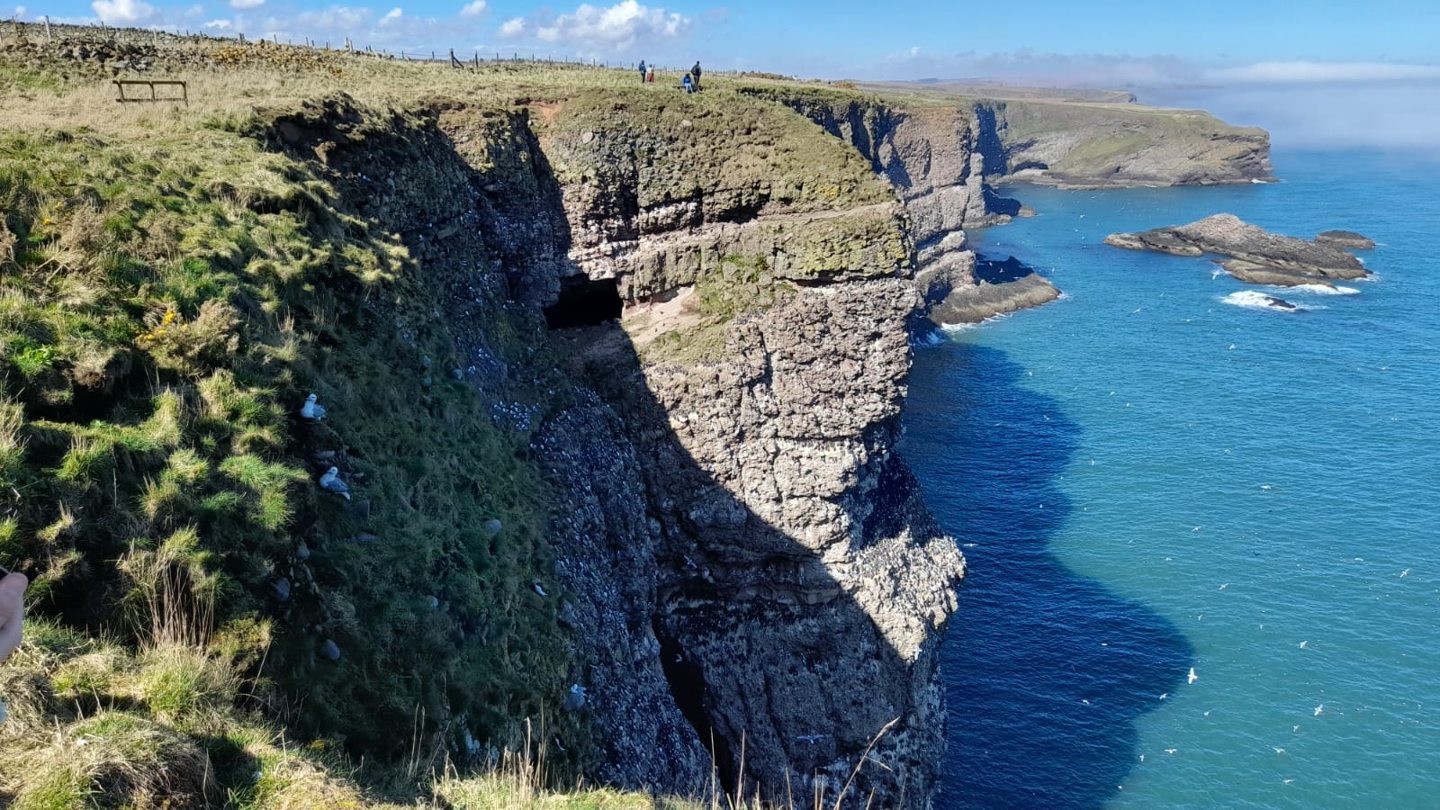
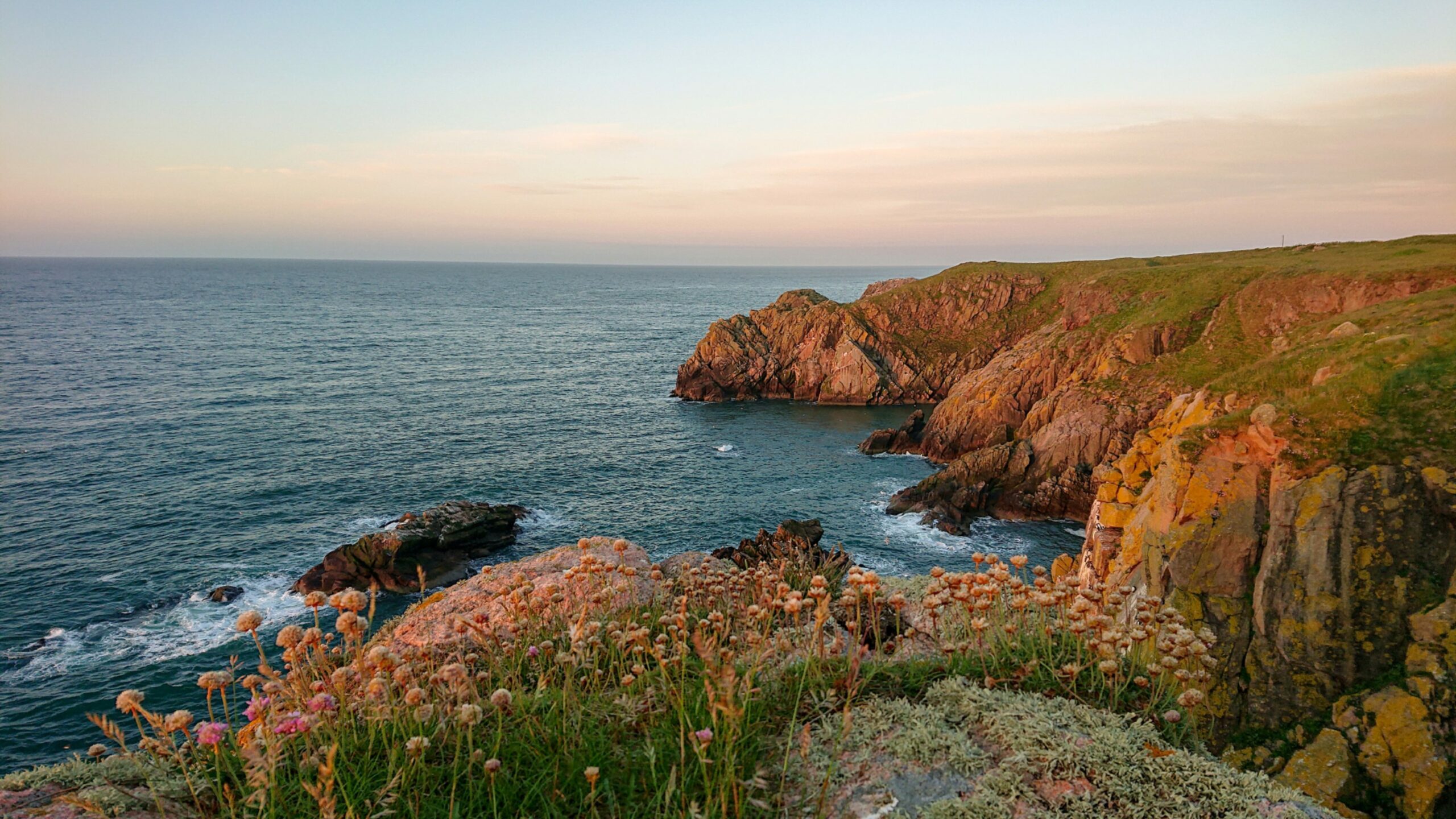
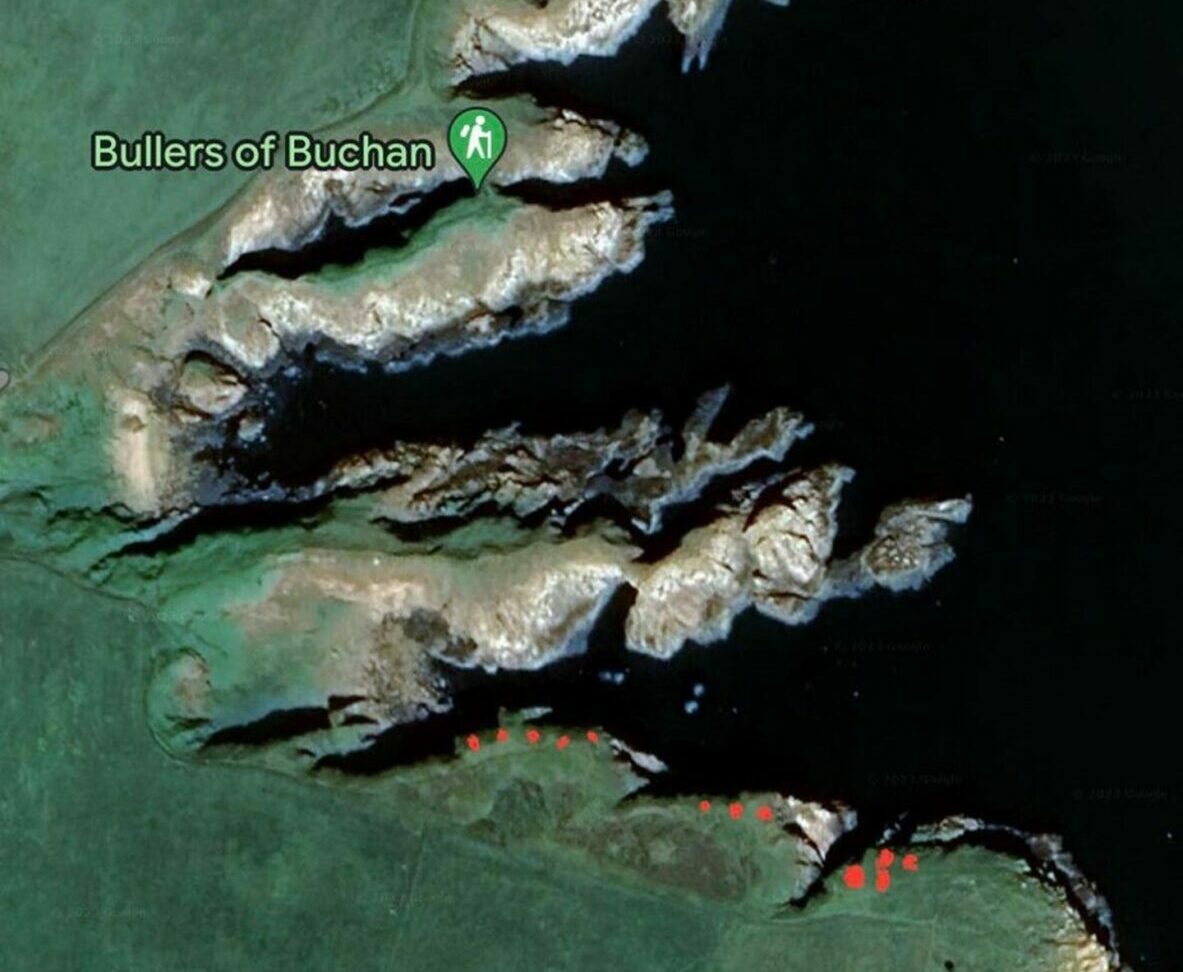
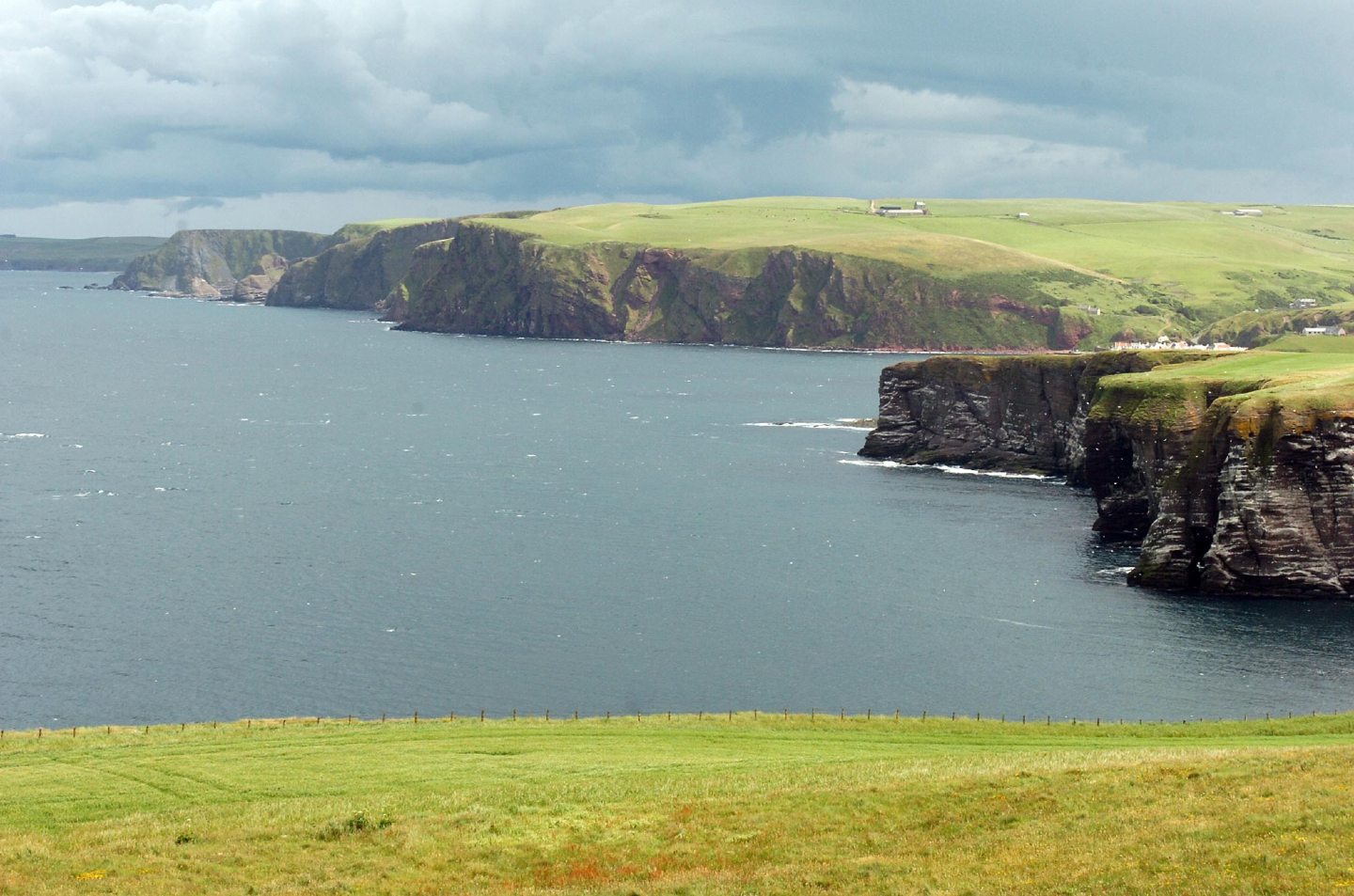
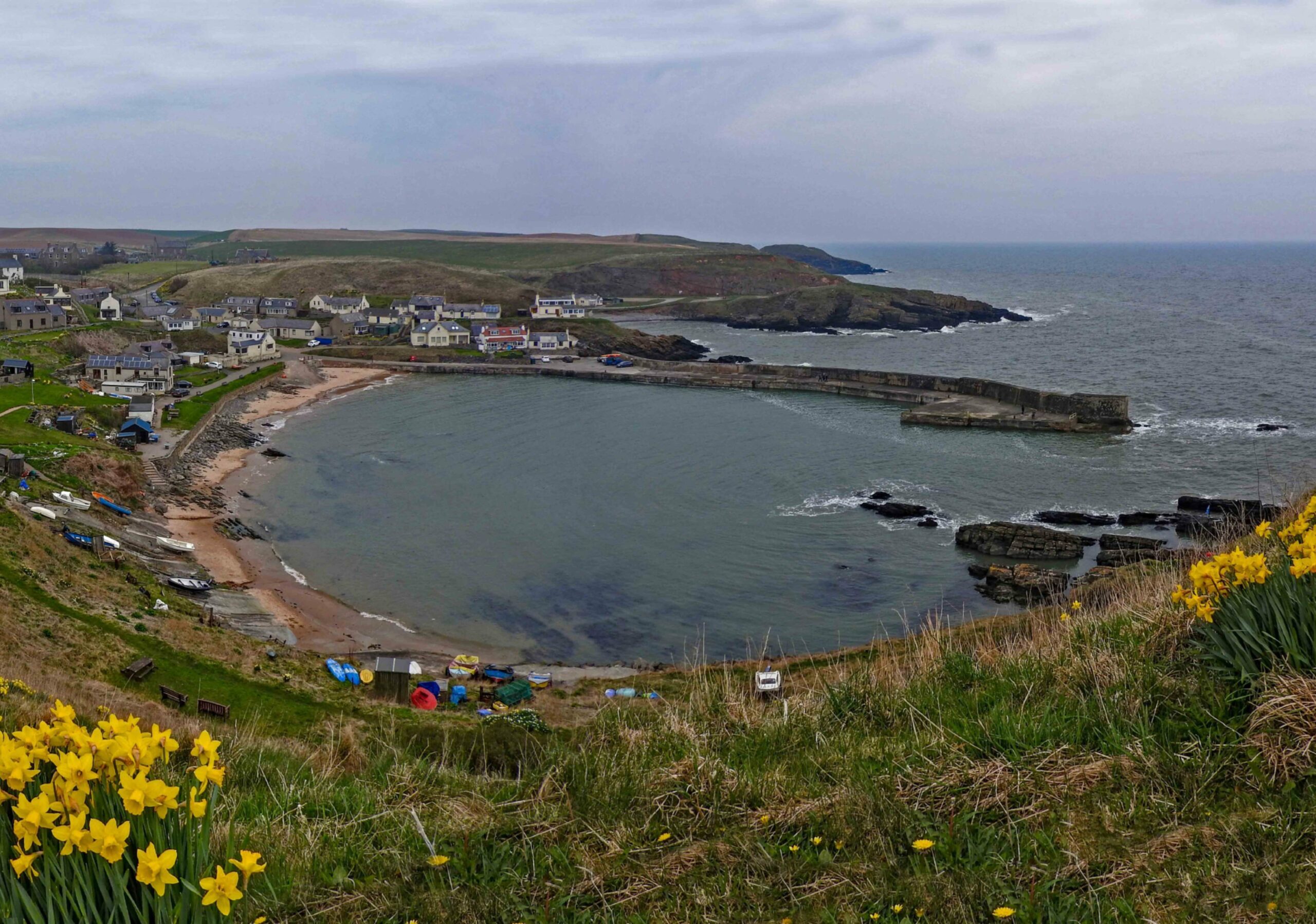
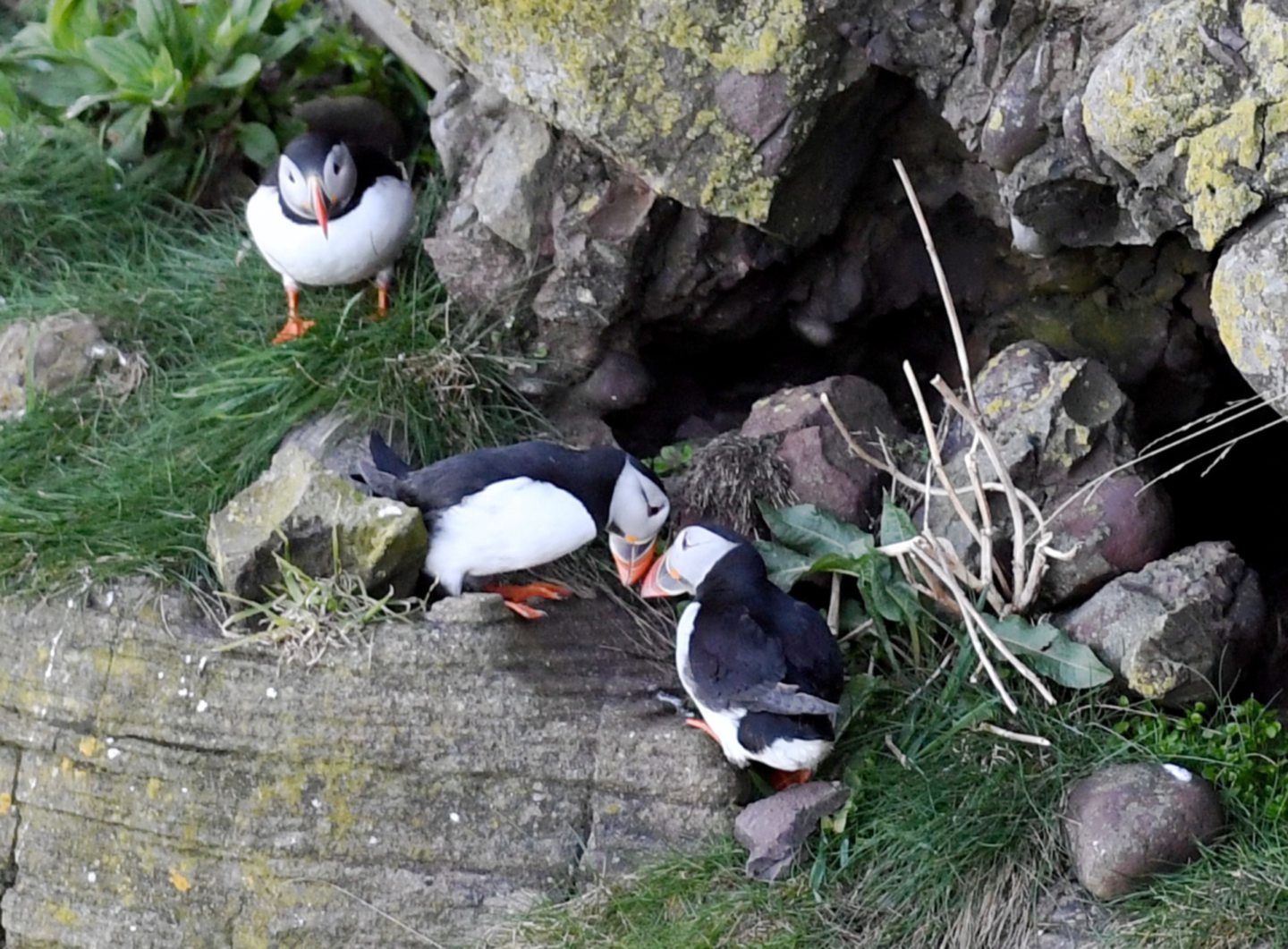
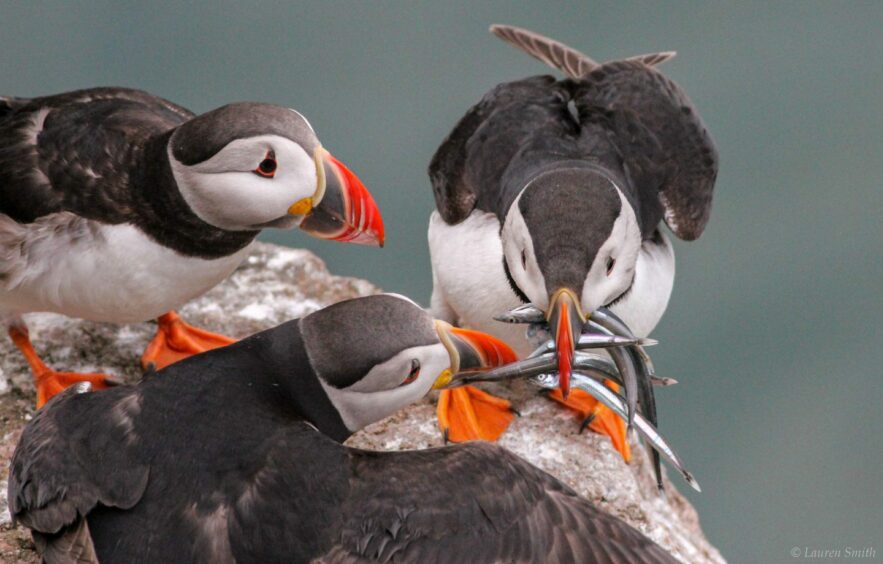
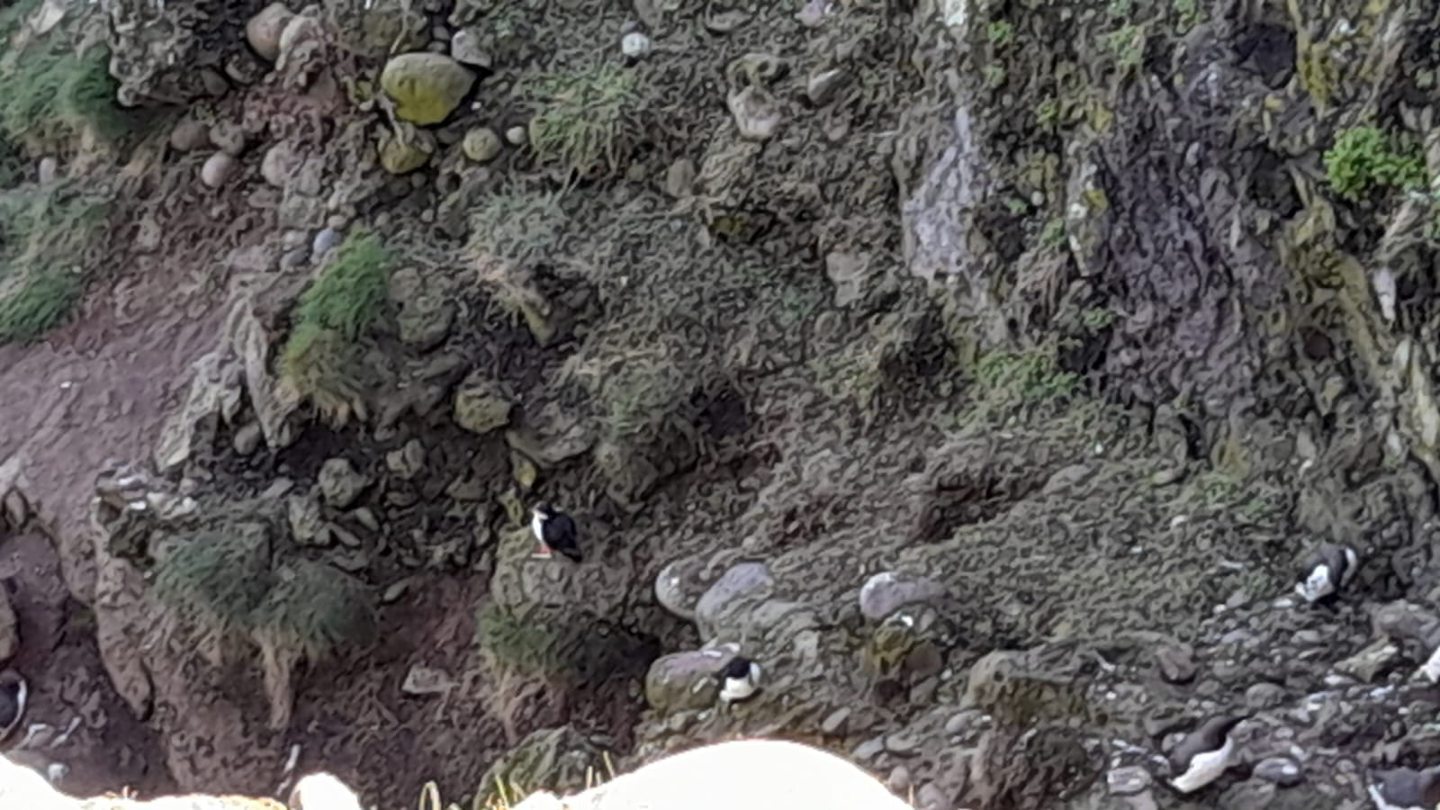
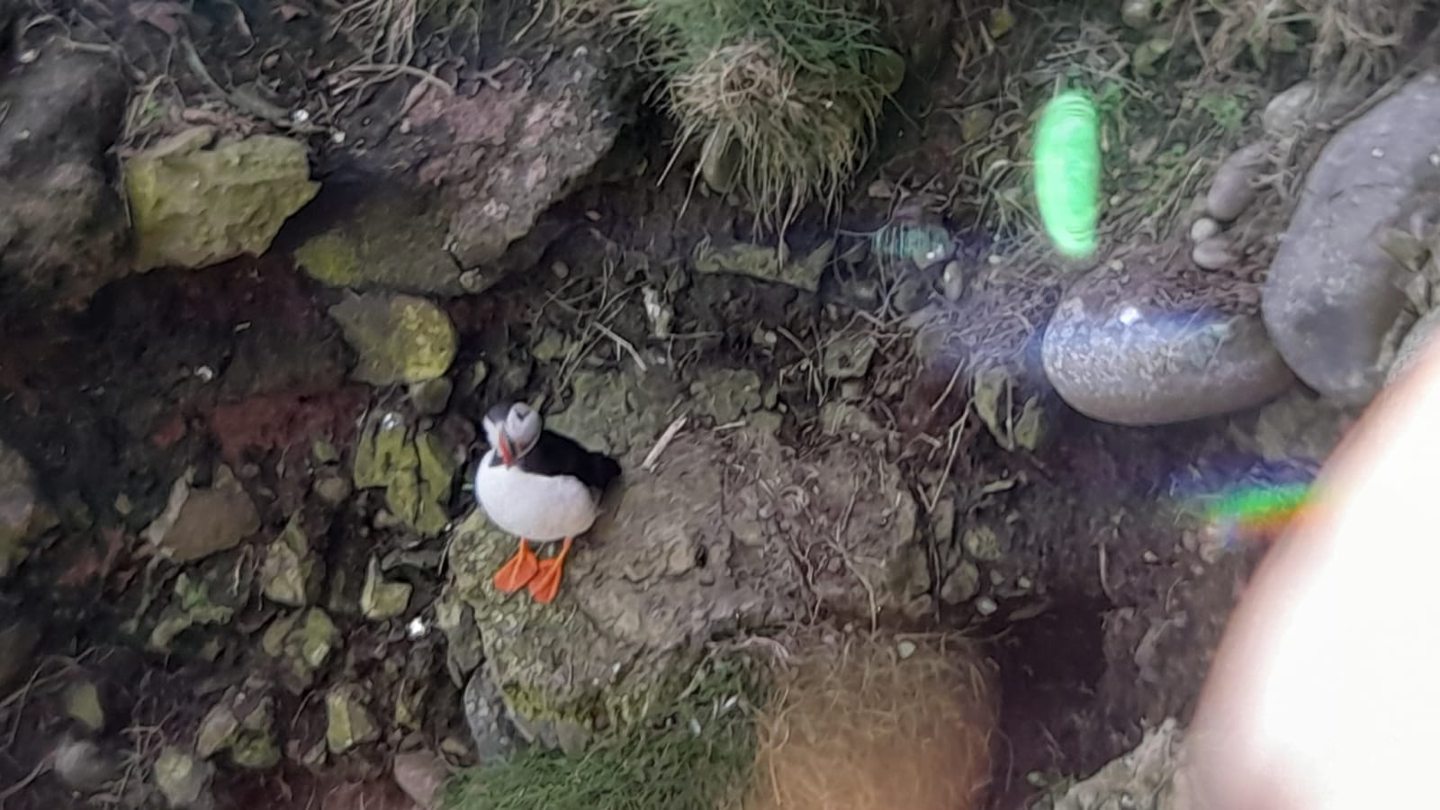
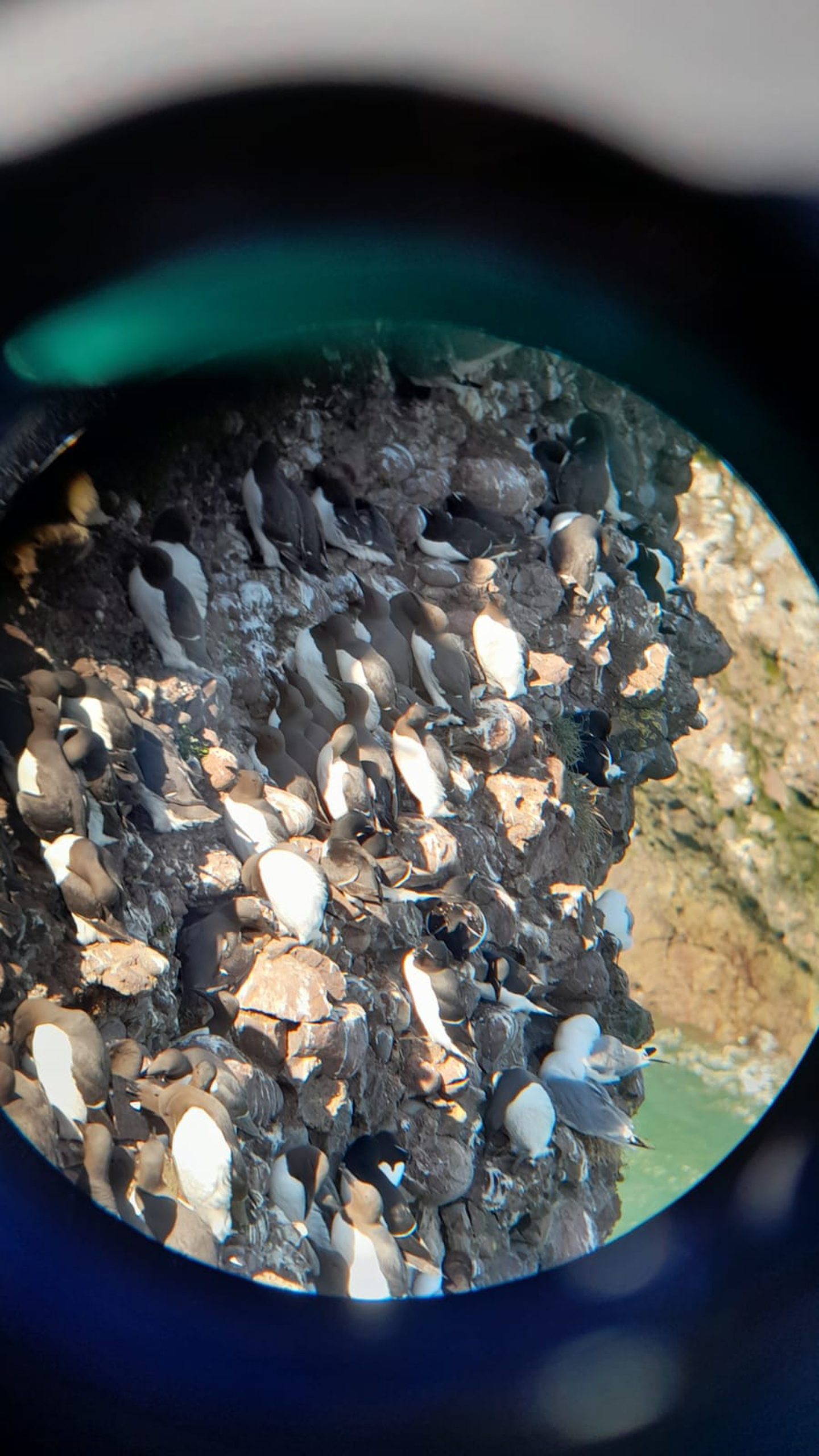

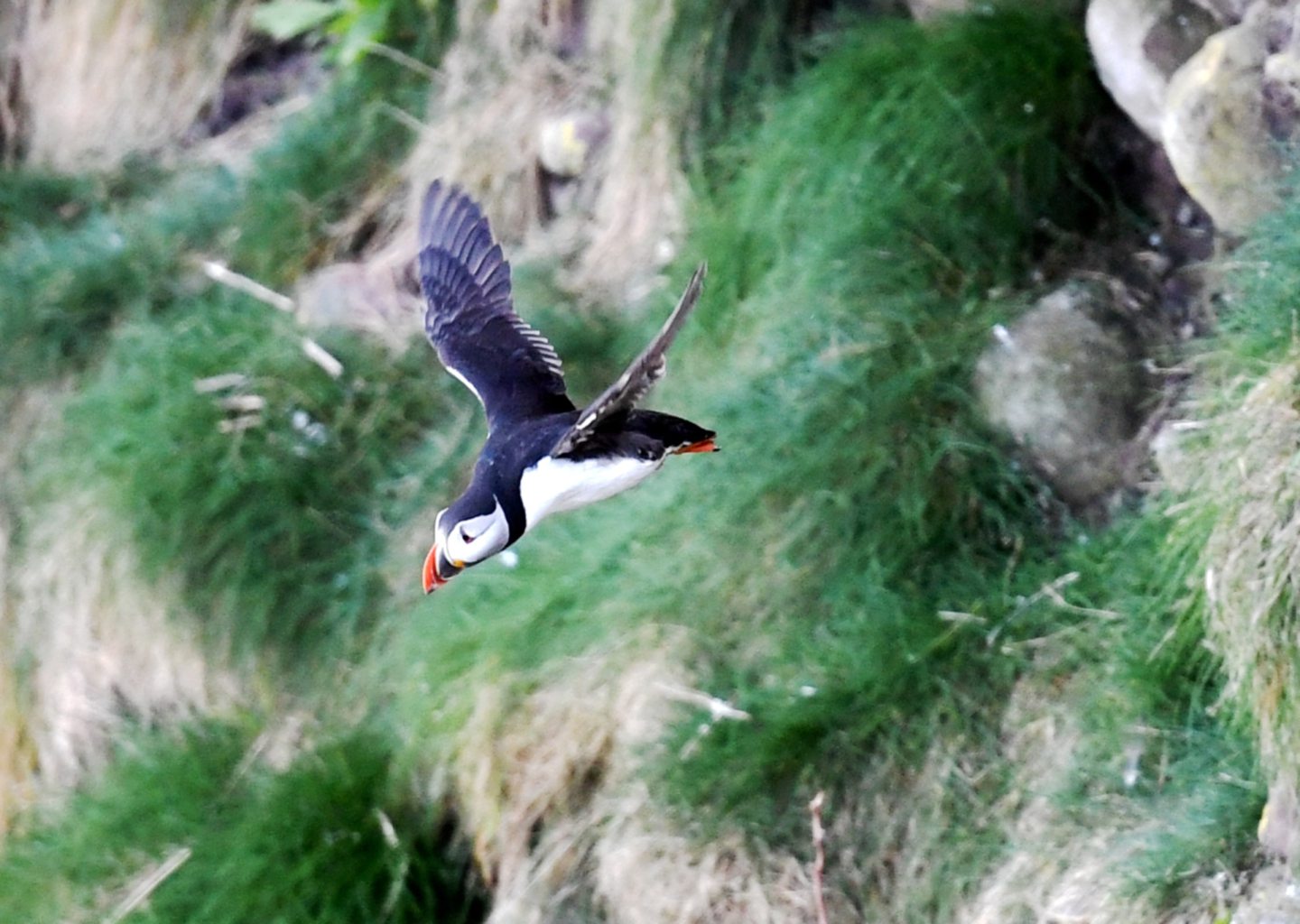
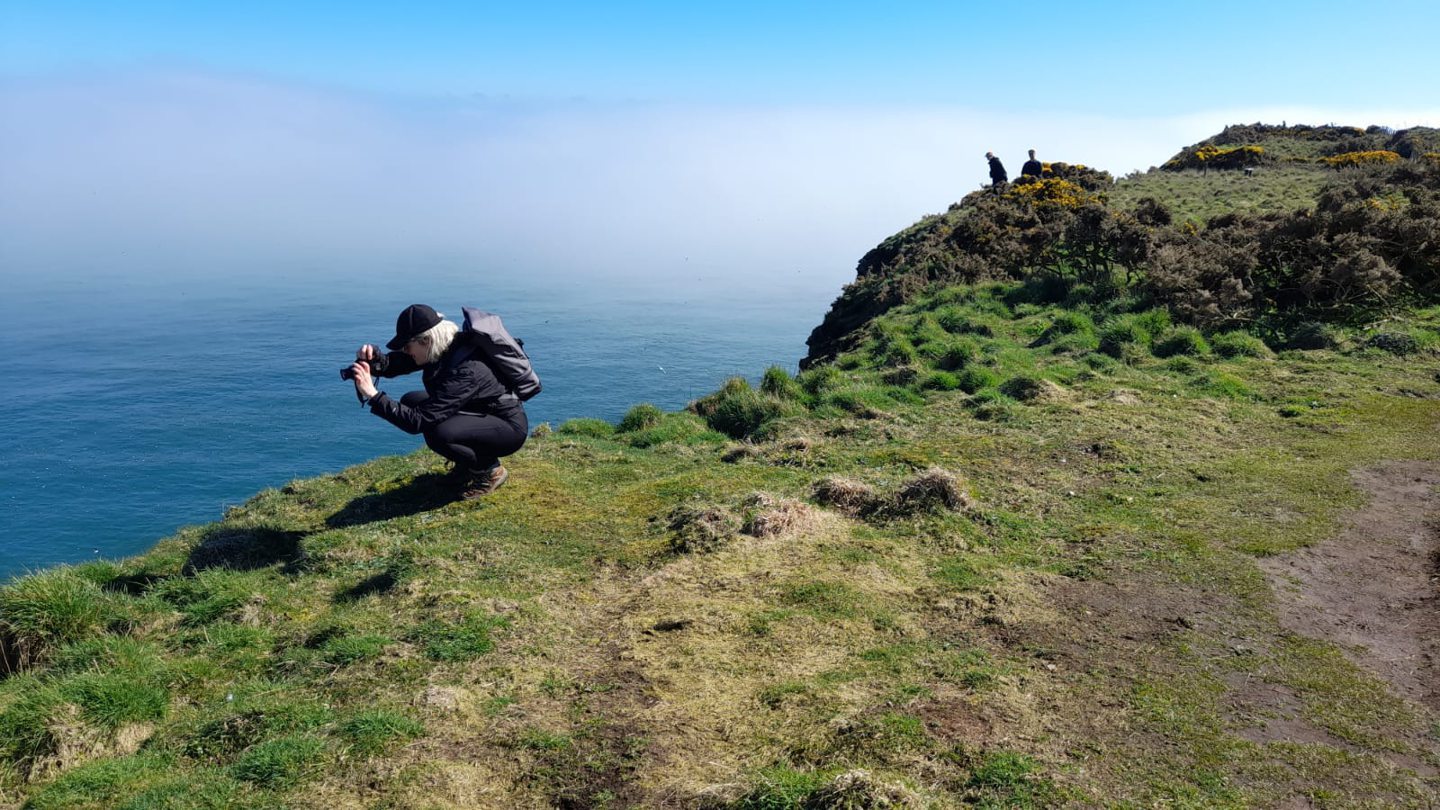
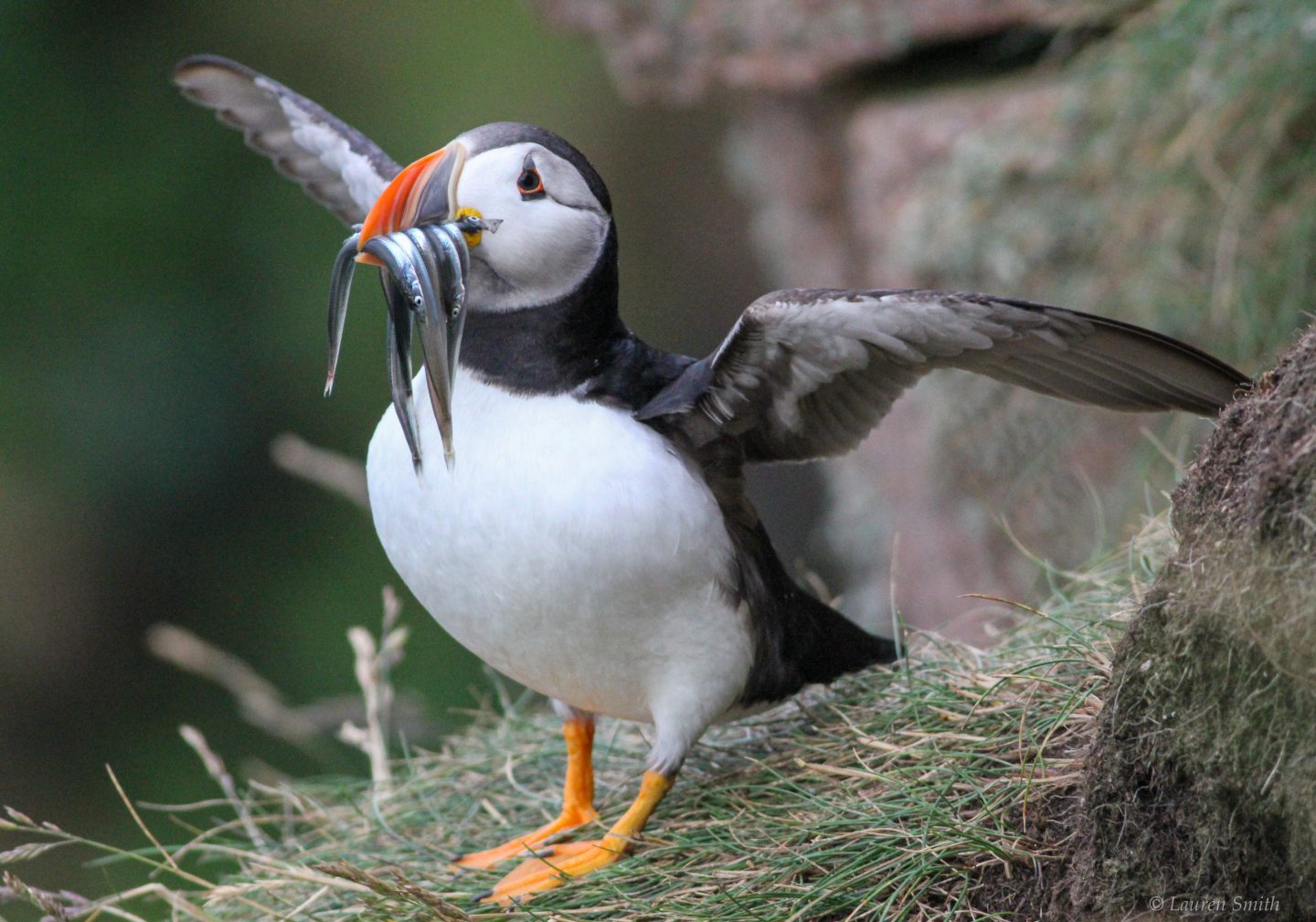










Conversation